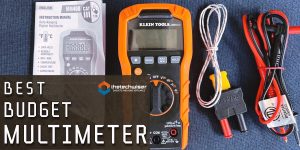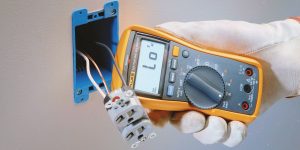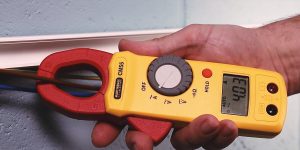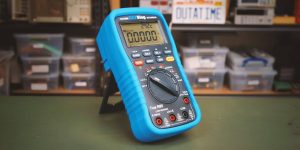One of the most important components in your car is the spark plug. A bad spark plug can cause all sorts of problems, from a misfire to decreased gas mileage.
Testing your spark plugs with a multimeter is one way to make sure they are working properly and need replacement. This article will show you how to use a multimeter to test the spark plug function.
Why test spark plugs
A spark plug test is a way to measure the health of your spark plugs. By testing your spark plugs’ resistance, voltage, and current, you can determine if they are firing correctly and burning fuel efficiently.
There are a few reasons why you might want to test your spark plugs:
- To troubleshoot potential engine problems.
- To diagnose a misfire.
- To perform preventative maintenance.
Testing spark plugs with a multimeter
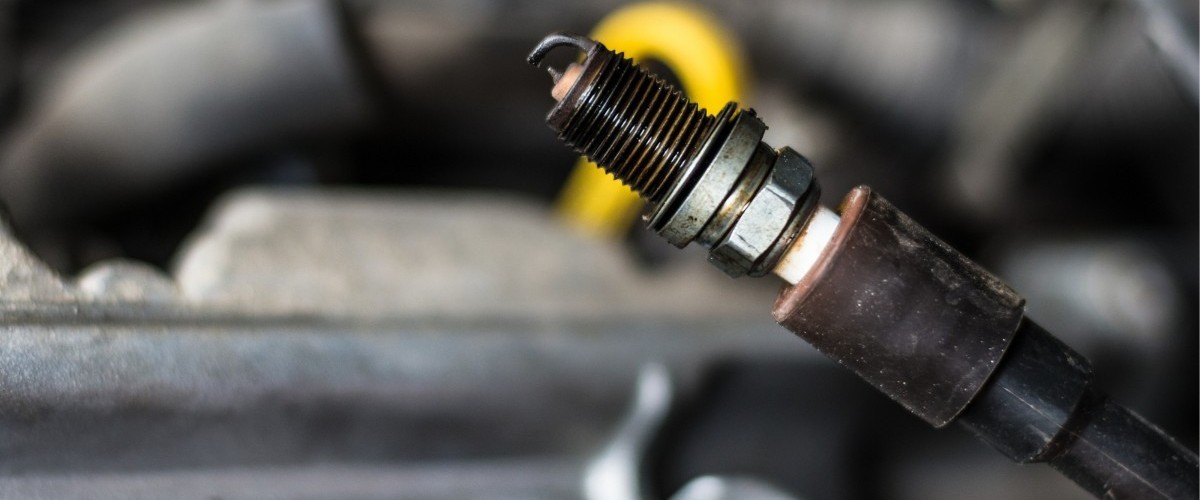
To test your spark plugs, you’ll need a digital multimeter. A multimeter is an electronic testing device that can measure voltage, current, and resistance. You can purchase a multimeter at most hardware stores or online.
To test your spark plugs, follow these steps:
- Remove the spark plug from the engine. You may need a spark plug socket and ratchet to remove the plug.
- Connect the multimeter to the spark plug terminals. The black lead should be connected to the ground terminal, and the red lead should be connected to the firing terminal.
- Set the multimeter to the “resistance” setting, then to the “voltage” and to the “current” .
- Touch the multimeter probes to the spark plug terminals. You should see a reading on the multimeter display.
- Compare the resistance reading to the manufacturer’s specifications for your spark plugs. If the resistance is outside the specified range, the spark plug may be damaged and need replacement.
- Repeat steps 1-5 for each spark plug in your engine.
What to look for when testing each element
The resistance, voltage, and current readings from your spark plug test can tell you a lot about the health of your spark plugs. All of these readings should be within the range specified by the manufacturer for your spark plugs.
If the resistance, voltage, or current is too high, it could indicate that the spark plug is damaged or fouled. If the resistance is too low, it could indicate that the spark plug is not firing correctly.
For the most accurate readings, it’s essential to use a high-quality digital multimeter. In addition, make sure that the spark plug terminals are clean and free of debris before you begin testing.
You should also test each spark plug in your engine individually to get the most accurate reading for that particular plug.
Testing your spark plugs regularly is a good way to keep your engine running smoothly. In addition, by troubleshooting any problems that you may find, you can prevent larger issues down the road.
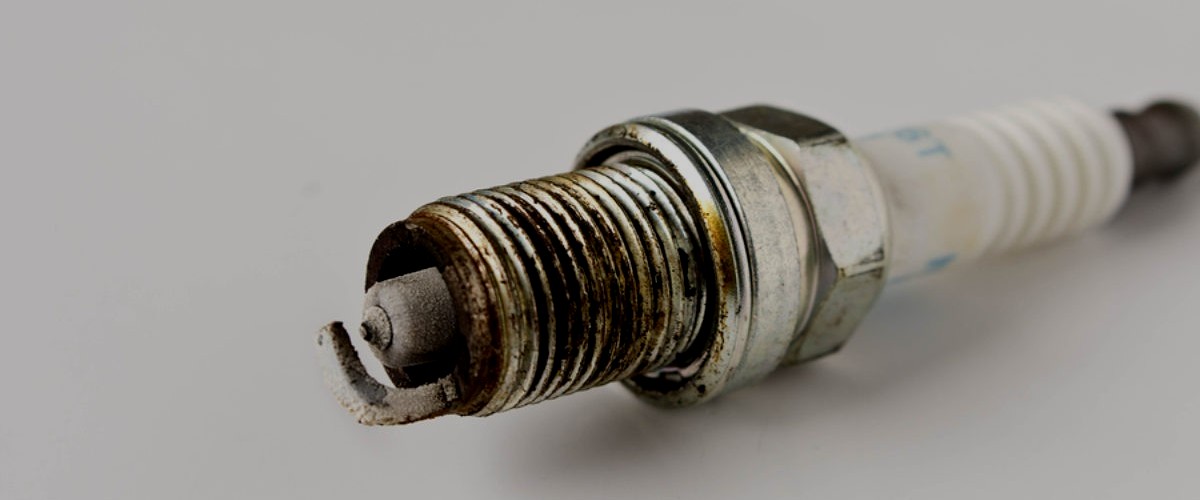
How to replace damaged plugs
If your spark plugs are damaged, you’ll need to replace them. You can purchase replacement spark plugs from most auto parts stores or online. To replace the spark plugs, follow these steps:
- Remove the old spark plug from the engine. You may need a spark plug socket and ratchet to remove the plug.
- Inspect the spark plug to make sure it is damaged.
- Install the new spark plug in the engine. You may need a spark plug socket and ratchet to install the new plug.
- Repeat steps 1-3 for each spark plug in your engine.
Most manufacturers recommend that you replace your spark plugs every 30,000 miles. However, some engines may need to have their spark plugs replaced more frequently. Consult your owner’s manual for specific recommendations.
Safety tips when testing spark plugs
- Be careful not to touch the spark plug terminals with your bare hands.
- Wear safety glasses when handling or testing spark plugs.
- Ensure the engine is turned off and cool before beginning the test.
- If you must use a multimeter, make sure it is unplugged before touching the probes to the spark plug terminals.
- Do not use damaged, fouled, or otherwise defective spark plugs.
- Only use replacement plugs that are specified for your engine.
- Never drop a spark plug on the ground, as this can damage the plug.
If you are unsure of how to properly test or replace your spark plugs, consult a professional mechanic.
We are supported by our audience. When you purchase through links on our site, we may earn an affiliate commission at no extra cost to you.
Our newsletter
* We will never send you spam or share your email with third parties



